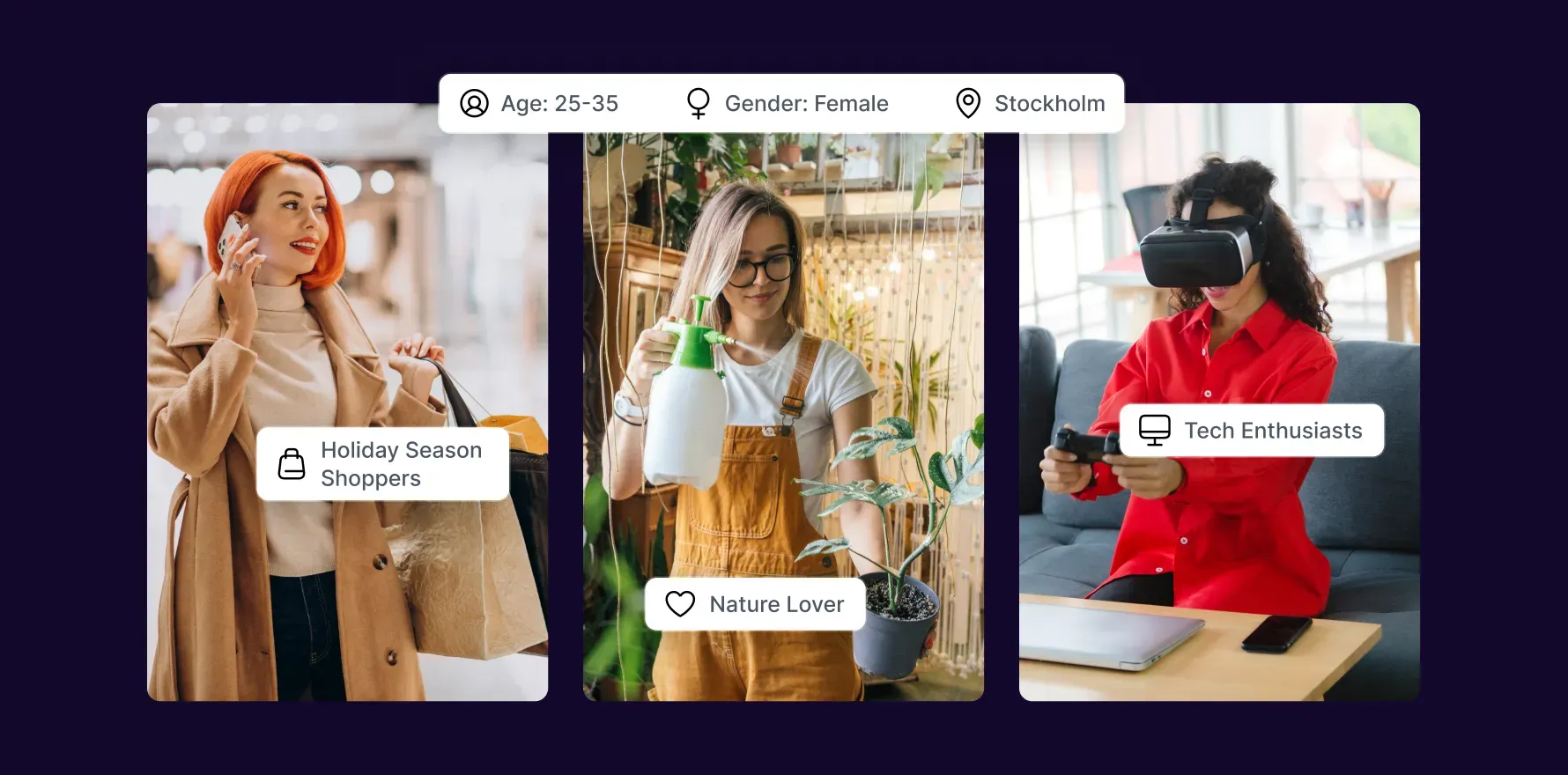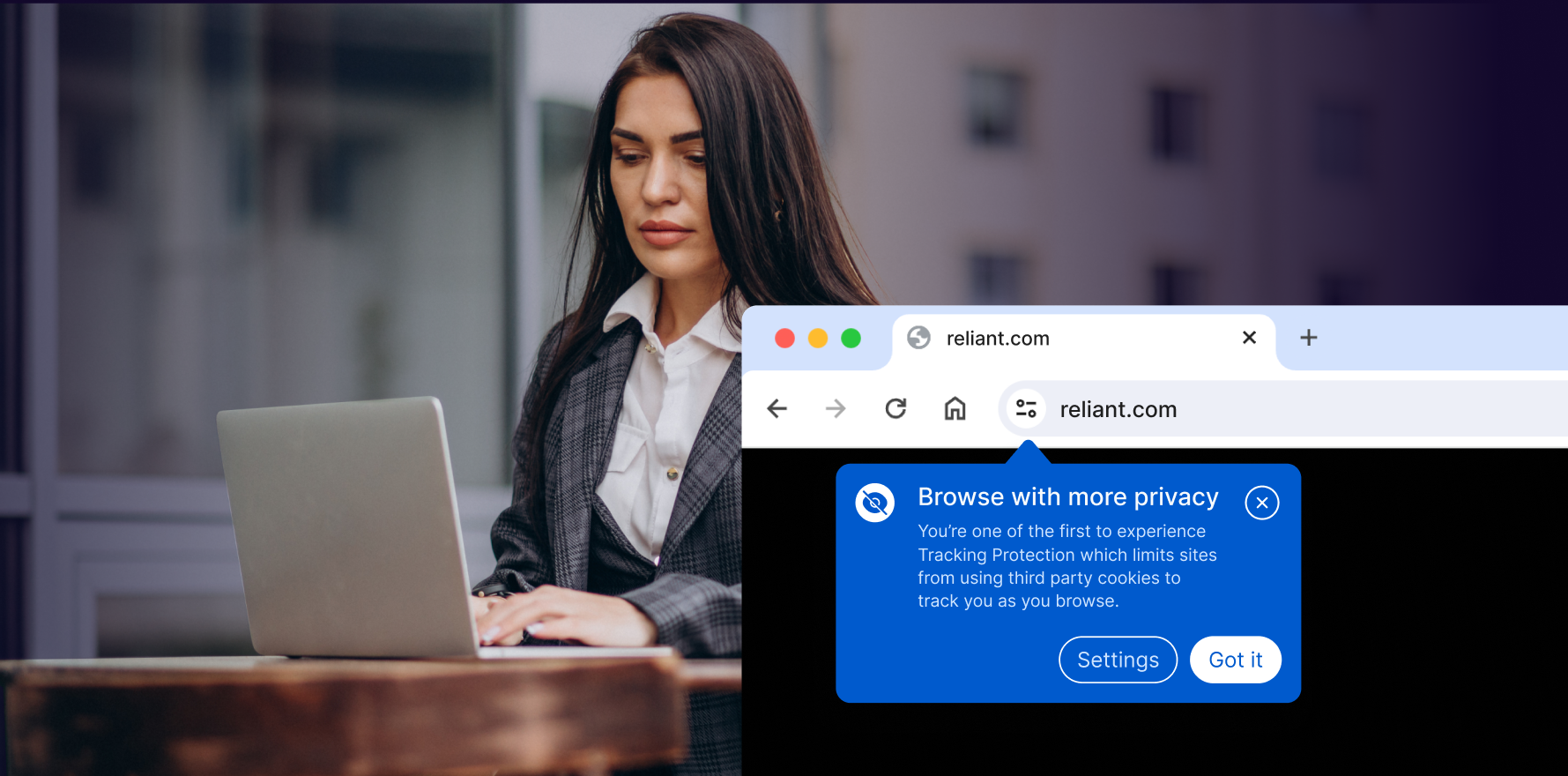In today’s world of digital marketing, competition is fierce, and it’s challenging to promote products or services effectively. The key to success is understanding your audience and tailoring your message to meet their specific needs. One way to achieve this is through audience segmentation. In this article, we’ll explore what audience segmentation is, why it’s essential for your marketing success, and how you can use it to maximize your results.
With audience segmentation, you divide your target market into smaller, more manageable groups or segments based on their interests, demographics, location, behaviors, or other relevant characteristics. This segmentation strategy enables you to create targeted marketing campaigns that resonate with each audience’s specific needs and wants.
For example, if you are a clothing retailer, you can segment your audience based on their gender, age, and clothing preferences. You can create marketing campaigns that showcase your latest collection of women’s clothing to your female audience and your latest collection of men’s clothing to your male audience. By doing so, you are providing personalized content that is more likely to convert your audience into customers.
Another way to segment your audience is based on their location. If you are a restaurant with multiple locations, you can create different marketing campaigns for each location based on the demographics and interests of the people who live in that area. This approach ensures that your marketing messages are tailored to the needs and preferences of your local audience, which can lead to increased foot traffic and revenue.
Behavioral segmentation is another effective way to divide your audience. By analyzing your audience’s behavior, such as their browsing and purchasing history, you can create marketing campaigns that target their specific interests and preferences. For example, if you are an e-commerce retailer, you can create marketing campaigns that showcase products related to the items that your audience has previously purchased or browsed on your website. This approach ensures that your marketing messages are relevant and personalized, which can lead to increased conversion rates.
By segmenting your audience, you can personalize your marketing messages, which makes people feel appreciated and understood. Personalization drives engagement, conversion rates, and customer loyalty by providing a more fulfilling and seamless customer experience. When you can identify your audience’s specific needs and preferences, you can create customized marketing campaigns that are more likely to lead to conversion and revenue growth.
Understanding Your Customers: The Key to Audience Segmentation
Understanding your customers is crucial to the success of any business. By segmenting your audience effectively, you can tailor your marketing messages to specific groups of people and increase the effectiveness of your campaigns. But before you can start segmenting your audience, you need to understand their needs, wants, and behaviors.
One way to gather data about your customers is through surveys. Surveys can provide valuable insights into what your customers are looking for, what they like and dislike about your products or services, and how they prefer to interact with your brand.
Another way to gather data is through website analytics. By tracking how users navigate your website, where they spend the most time, and which pages they visit most frequently, you can gain a better understanding of their interests and behaviors.
Consumer feedback is also an important source of information. Encourage customers to leave reviews and ratings on your website or social media pages. This can help you identify areas for improvement and gain insights into what your customers value most.
Finally, social media interactions can provide a wealth of information about your customers. By monitoring social media conversations, you can gain insights into what people are saying about your brand, what they like and dislike, and what their interests are.
Once you have gathered data about your customers, you can start grouping them based on their interests, behaviors, or purchasing habits. This will help you develop customer profiles or buyer personas that you can use to target your marketing messages more effectively.
For example, if you sell outdoor gear, you might create a persona for the “outdoor enthusiast” who enjoys hiking, camping, and other outdoor activities. You could then tailor your marketing messages to this persona by highlighting your products’ durability, versatility, and suitability for outdoor adventures.
By using personas, you can create marketing messages with a more tailored and personal approach, which is more likely to resonate with your target audience and create more personalized interactions. This can help you build stronger relationships with your customers and increase the effectiveness of your marketing campaigns.
Maximizing Your Marketing Results with Audience Segmentation
Audience segmentation allows you to create targeted campaigns that resonate better with your customers. As a result, you position yourself as a solution to their specific problems or pain points, which will result in higher conversion rates, engagement rates, and more substantial revenue growth. By segmenting your audience, you can focus your efforts more effectively and efficiently, directing your resources more efficiently and effectively to where it’s needed most.
Moreover, audience segmentation helps reduce wasted marketing spend. By targeting specific groups with relevant content, you can reduce your ad spend, increase your ROI, and minimize exposure to audiences who are unlikely to be interested in your product or service. In other words, audience segmentation helps you get more from your marketing budget.
Using Audience Segmentation to Make Your Message Relevant
Using personalized marketing messages is an essential component of audience segmentation. When your customers see that they are being catered to, they are more likely to engage with your brand, leading to increased conversions and revenue growth.
However, audience segmentation goes beyond just personalization. It allows you to tailor your messaging to specific groups of people based on their needs, interests, and behaviors. By doing this, you can make your message more relevant and valuable to each individual, increasing their likelihood of converting into a customer.
There are several ways to segment your audience, including demographics, psychographics, and behavior. Demographic segmentation involves dividing your audience based on characteristics such as age, gender, income, and education level. Psychographic segmentation considers factors such as personality, values, and lifestyle. Behavioral segmentation looks at how people interact with your brand, such as their past purchases, website interactions, and email opens.
By segmenting your audience, you can also align your messaging with different stages of the buyer’s journey. For example, if you’re a software company that sells a project management tool, you could segment your audience into different groups based on their job title, industry, or company size. Then, you can create targeted messaging that appeals to each group’s pain points, making it easier to nurture leads from awareness to consideration and then to conversion.
For instance, for those in the construction industry, you could highlight how your project management tool helps streamline communication between contractors and subcontractors, ensuring that projects are completed on time and within budget. For those in the marketing industry, you could emphasize how your tool helps teams collaborate more effectively, leading to more successful campaigns and increased ROI.
Ultimately, audience segmentation allows you to create more personalized and relevant messaging that resonates with your customers. By doing so, you can build stronger relationships with your audience and drive more revenue for your business.
Uncovering the Benefits of Audience Segmentation for Your Business
As a business owner, you are always looking for ways to improve your marketing and sales performance. One way to achieve this goal is by segmenting your audience. Audience segmentation involves dividing your target market into smaller, more specific groups based on certain characteristics such as age, gender, location, interests, and behavior.
By segmenting your audience, you can tailor your marketing messages and strategies to each group’s unique needs and preferences. This personalization can increase the relevance of your marketing efforts, making them more effective in attracting and retaining customers.
Another benefit of audience segmentation is that it can help you reduce wasted marketing spend. By targeting specific groups with relevant messages, you can avoid spending money on marketing efforts that are unlikely to convert. This can lead to significant cost savings over time.
In addition to improving your marketing and sales performance, audience segmentation can also help you develop a better understanding of your customers. By analyzing the characteristics of each group, you can gain insights into their behavior, preferences, and needs. This knowledge can inform your product development, customer service, and overall
Conclusion
In conclusion, audience segmentation is a critical component of any marketing strategy, and this is where Lifesight can be a valuable asset for businesses. By personalizing marketing messages using data-driven insights, businesses can create more relevant and engaging content for their potential customers. With Lifesight’s help, businesses can maximize their marketing performance, increase conversions, and achieve long-term growth. So, take the time to understand your audience, segment effectively with the help of Lifesight, and unlock the full potential of your marketing campaigns.
You may also like
Essential resources for your success






















































